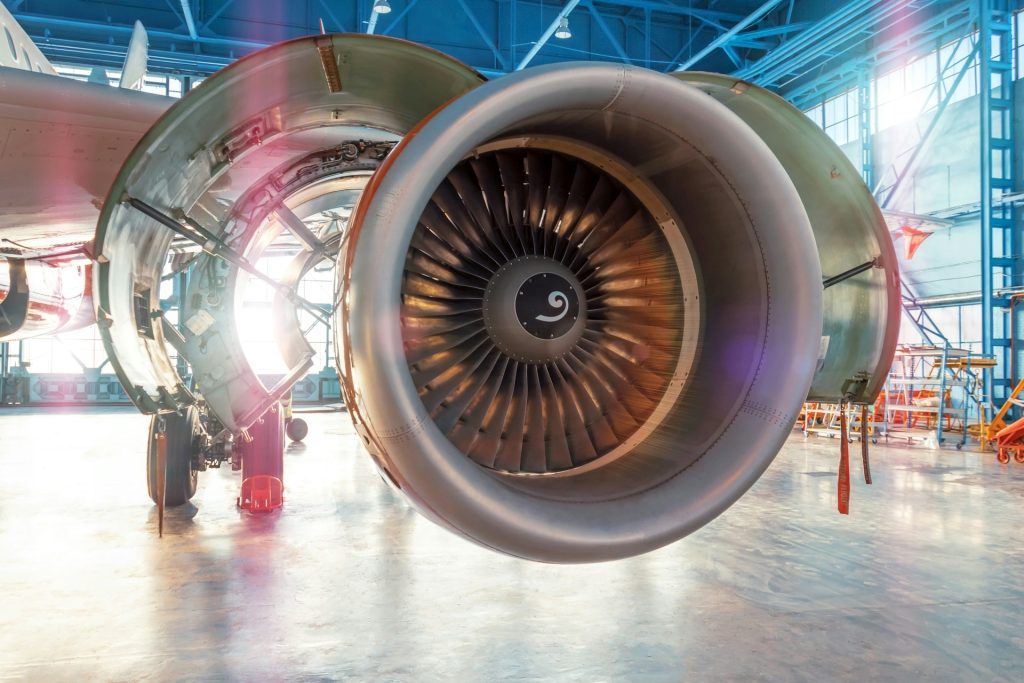Aircraft turbines have transformed the aviation industry, enabling faster, more efficient, and more reliable air travel. From the early days of jet propulsion to the advanced turbines of today, the evolution of these engines reflects decades of innovation and engineering excellence. This article delves into the journey of aircraft turbines, from their conceptual blueprints to their role in modern aviation.
The Early Days of Jet Propulsion
The concept of jet propulsion dates back centuries, with early designs focused on rudimentary propulsion systems. The first practical steps occurred in the early 20th century, when engineers began exploring how compressed air and fuel could be used to generate thrust. Sir Frank Whittle in the United Kingdom and Hans von Ohain in Germany independently developed the first working jet engines in the late 1930s.
Whittle’s design, a turbojet engine, was revolutionary. It used a compressor to draw in air, a combustion chamber to ignite fuel, and a turbine to extract energy. This invention laid the groundwork for modern aircraft turbines, propelling the aviation industry into a new era.
Post-War Advancements and Commercial Applications
World War II acted as a catalyst for jet engine development. The need for faster and more powerful aircraft drove rapid innovation. By the war’s end, jet-powered planes like the German Messerschmitt Me 262 demonstrated the potential of turbine technology.
In the post-war years, this technology transitioned to commercial aviation. The introduction of the Boeing 707 in the 1950s marked the first successful use of jet engines in passenger aircraft. This shift allowed airlines to offer faster, longer flights, revolutionizing global connectivity. The widespread adoption of turbines also set the stage for the jet age, making air travel more accessible to the masses.
The Science Behind Turbine Efficiency
Modern aircraft turbines operate on the principle of thermodynamics, converting heat energy into mechanical power. A turbine engine consists of several key components:
- Compressor: Increases the pressure of incoming air.
- Combustor: Mixes air with fuel and ignites it to produce high-temperature gases.
- Turbine: Extracts energy from these gases to power the compressor.
- Nozzle: Directs the exhaust gases to produce thrust.
Each of these components has been optimized over decades to enhance fuel efficiency, reduce emissions, and increase performance. Engineers continuously refine materials and designs to ensure turbines can withstand extreme conditions, such as temperatures exceeding 2,000 degrees Fahrenheit and pressures of hundreds of pounds per square inch.
Technological Milestones in Turbine Evolution
Over the years, several milestones have marked the evolution of aircraft turbines:
- High-Bypass Turbofan Engines: Introduced in the 1960s, these engines improved fuel efficiency by directing more air around the core of the engine. They remain the standard for commercial aviation today.
- Advanced Materials: The development of superalloys and ceramic composites has allowed turbines to operate at higher temperatures, improving efficiency and durability.
- Digital Engine Controls: Modern engines are equipped with Full Authority Digital Engine Control (FADEC) systems, which optimize performance and reduce pilot workload.
These innovations have made turbines more reliable, efficient, and environmentally friendly, ensuring their continued relevance in a rapidly evolving industry.
The Role of Turbines in Modern Aviation
Today, aircraft turbines power everything from small regional jets to massive intercontinental airliners. Their ability to produce immense thrust with remarkable efficiency has made them indispensable in both commercial and military aviation. Beyond air travel, turbines are also used in auxiliary power units (APUs) and space exploration vehicles, showcasing their versatility.
For those maintaining these critical engines, expert knowledge and quality components are essential. Click here for aircraft parts to explore solutions that ensure turbines remain at peak performance.
Challenges and Innovations for the Future
While turbines have achieved incredible advancements, challenges remain. The aviation industry is under pressure to reduce its carbon footprint, and turbines are at the center of these efforts. Engineers are exploring:
- Sustainable Aviation Fuels (SAFs): These fuels can significantly lower carbon emissions without requiring major engine modifications.
- Hybrid and Electric Propulsion: Combining traditional turbines with electric motors to create more sustainable propulsion systems.
- Hydrogen-Powered Turbines: Using hydrogen as a fuel source could revolutionize turbine technology, offering zero-emission flight.
These innovations promise to reshape the future of aviation while maintaining the performance and reliability that turbines are known for.
Why the Evolution of Turbines Matters
The evolution of aircraft turbines is more than a story of engineering innovation; it’s a testament to human ingenuity and the desire to push boundaries. These engines have connected the world, supported global commerce, and driven technological progress in countless industries.
From the early blueprints of Whittle and von Ohain to the high-tech engines of today, turbines exemplify the best of what engineering can achieve. As we look to the future, they will continue to play a pivotal role in shaping the aviation industry and beyond.
Conclusion
Aircraft turbines are a cornerstone of modern aviation, representing decades of innovation and engineering excellence. Their evolution from simple blueprints to the complex machines of today highlights the progress of technology and its impact on society. As advancements continue, turbines will remain at the forefront of aviation, driving progress and connecting the world in ways once thought impossible.
